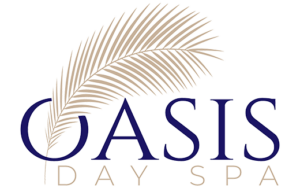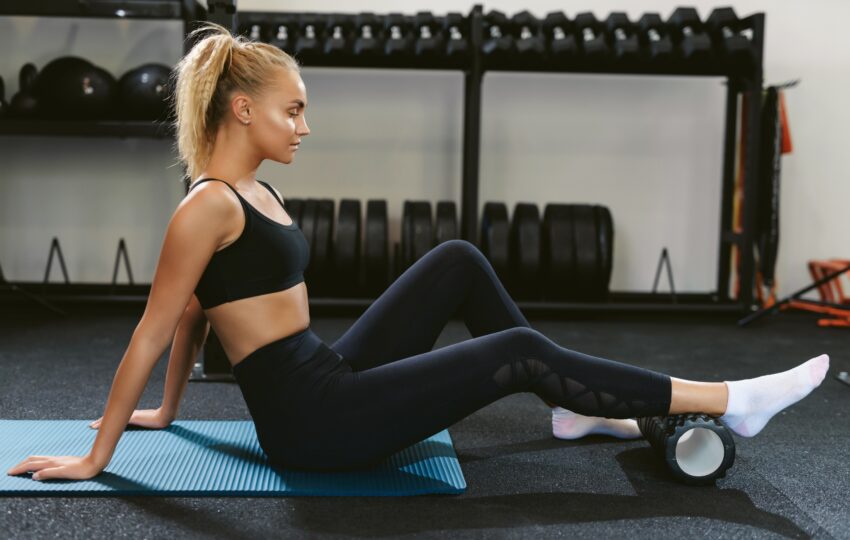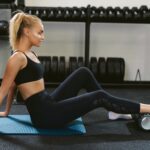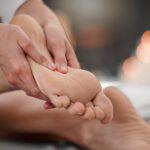“In the May Edition of Feel Better in 2025, I’m focusing on calf tightness and pain which can really get you down when trying to ramp up an exercise routine or even go for a simple walk. Calf tightness is a common complaint, whether you’re an athlete, a desk worker, or someone who simply spends a lot of time on their feet. The discomfort can range from a dull ache to sharp pain, often affecting mobility and quality of life. But what’s really going on in your calves when they feel tight or painful? Let’s explore the science behind it, how massage can help, and the best self-care practices you can do at home.”
Shelley- Owner, Oasis Day Spa
The Science Behind Calf Tightness and Pain
The calf is made up of two primary muscles: the gastrocnemius and the soleus, which together connect to the Achilles tendon at the heel. These muscles are responsible for movements like walking, running, jumping, and standing on your toes.
Common Causes of Calf Tightness:
- Overuse or Strain: Repetitive movements, especially without proper stretching or conditioning, can cause microscopic tears in the muscle fibers.
- Dehydration and Electrolyte Imbalance: Lack of fluids and minerals like potassium, calcium, and magnesium can lead to cramps and tightness.
- Poor Circulation: Sitting or standing for long periods can reduce blood flow, contributing to stiffness.
- Nerve Impingement: Issues like sciatica can refer pain to the calf.
- Improper Footwear: Shoes without proper arch support or heel elevation can affect your gait and place undue stress on the calves.
When the calf muscles become tight or injured, it can restrict movement, alter biomechanics, and even lead to compensatory issues in the knees, hips, or lower back.
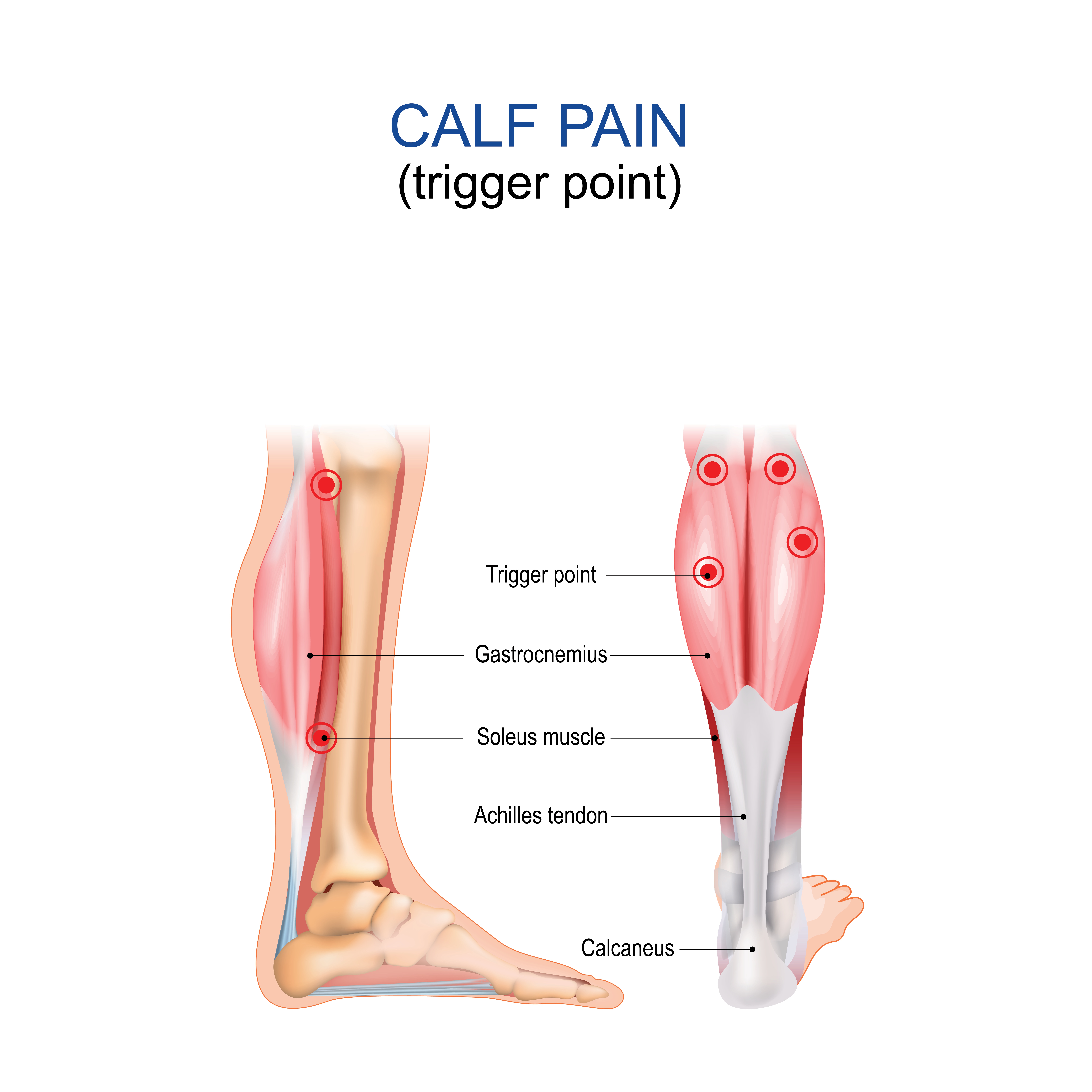
How Massage Therapy Can Help

Your massage therapist can use deep tissue techniques such as trigger point therapy, myofascial release and petrissage.
Massage therapy is more than just a luxury—it’s a scientifically backed method for improving muscle health.
Key Benefits of Calf Massage:
- Increases Blood Flow: Helps deliver oxygen and nutrients to muscles while flushing out metabolic waste like lactic acid.
- Reduces Muscle Tension: Manual manipulation breaks up adhesions and encourages muscle fiber relaxation.
- Improves Range of Motion: Regular massage can help restore elasticity and flexibility in the muscle tissue.
- Decreases Pain Signals: Through stimulation of pressure receptors, massage can reduce the perception of pain.
Techniques commonly used for calf issues include:
- Effleurage (long, gliding strokes)
- Petrissage (kneading and rolling)
- Trigger point therapy (targeting specific knots)
- Myofascial release (working on the connective tissue)
Self-Care and Stretches for Calf Pain
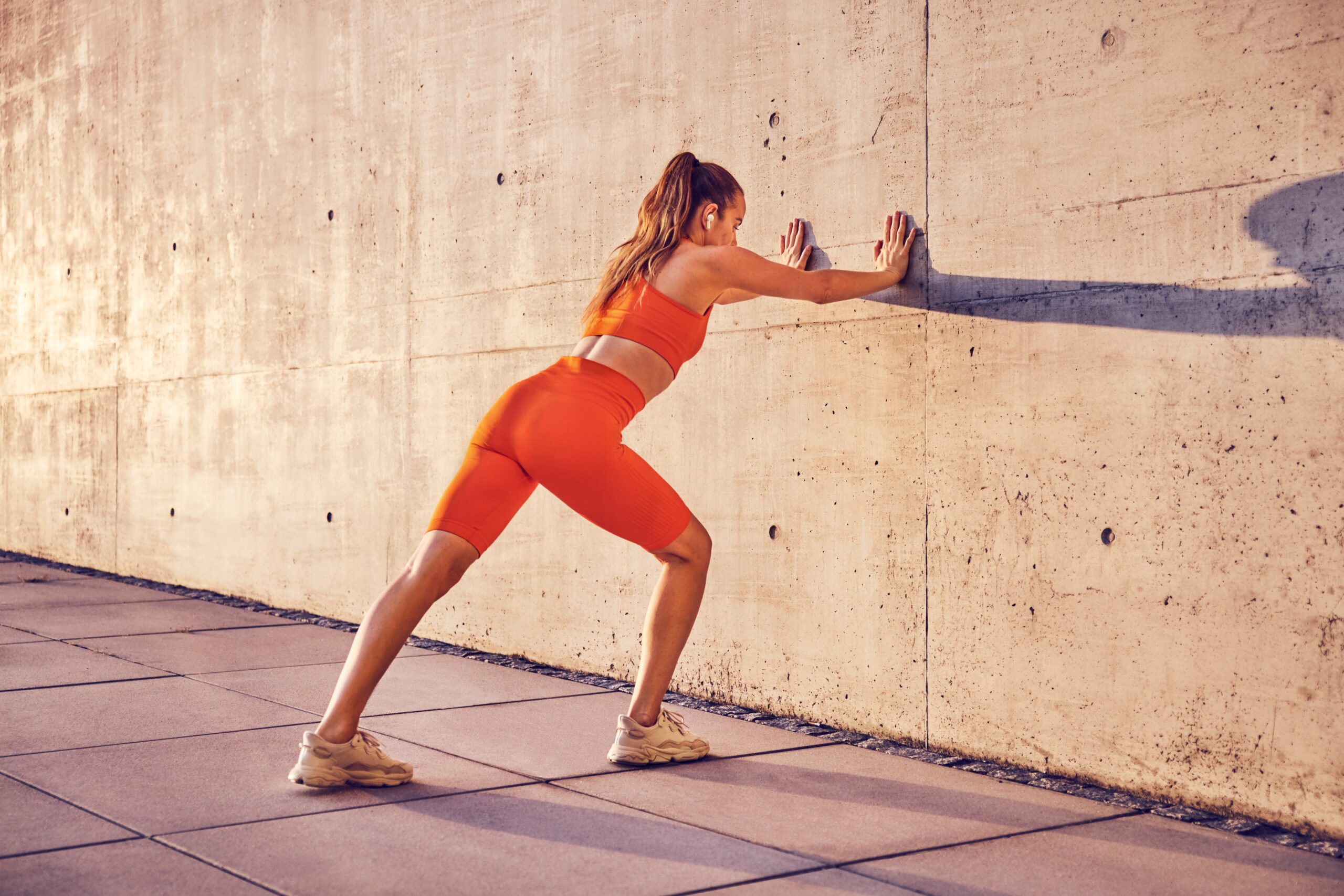
While massage is a wonderful solution for calf pain, consistent self-care is also a key component to lasting relief. Try these at-home techniques:
🧘♀️ Daily Stretches
- Standing Calf Stretch (Wall Stretch)
- Stand facing a wall with one foot forward and one foot back.
- Keep both heels on the floor and lean into the wall.
- Hold for 30 seconds and switch sides.
- Seated Towel Stretch
- Sit on the floor with legs extended.
- Loop a towel or strap around the ball of your foot and gently pull it toward you.
- Keep your knee straight and hold for 30 seconds.
- Downward Dog
- From a plank position, push your hips up and back.
- Press your heels toward the floor for a deep calf stretch. You can also alternate stretching one heel down while releasing the other
- Hold for 30 seconds.
💡 Self-Massage Techniques
- Foam Rolling: Sit with one leg extended and roll the foam roller under your calf slowly. Stop and hold on tender spots.
- Tennis Ball Massage: Sit in a chair and place a tennis ball under your calf. Apply pressure and make small circles.
- Massage Gun: Use on a low setting to target tight areas, moving slowly up and down the calf.
🔁 Other Helpful Habits
- Hydrate Regularly: Aim for at least 8 glasses of water daily and include electrolyte-rich foods like bananas and leafy greens.
- Warm-Up Before Activity: Activate and warm the muscles before exercise to prevent strain.
- Use Compression: Compression socks or sleeves can enhance circulation and reduce muscle vibration during activity.
- Elevate Your Legs: Especially after standing or exercising, elevation helps reduce swelling and fatigue.
Things to Remember…
Calf tightness and pain are often signs that your muscles are overworked or undercared for. Understanding the science helps you address the root causes rather than just the symptoms. Massage—both professional and self-administered—alongside stretching, hydration, and proper footwear, can significantly improve your calf health.
Incorporate these habits consistently, and you’ll not only ease current discomfort but also build more resilient muscles for the long haul.
